This blog post was written by Mark Wearden, an experienced NED, a nationally recognised authority on corporate governance, a prolific author, and an outstanding trainer and mentor.
During the past few years there has been an increasing focus on corporate purpose. The internet age of communication has driven rapid and immediate reporting of media perspectives – “why has this company behaved in this way?” – aligned with individual messaging which can build or destroy personal and/or business reputation – “this is what I plan to do even if nobody else agrees with my view”.
This has iteratively driven and been driven by a wider societal awareness and of corporate activity and the desire to comment. All too often, unfortunately, this level of focus on corporate purpose is based around scant awareness and epitomises the phrase “a little knowledge is a dangerous thing”.
Even many of our UK politicians, when called upon to comment on the behaviour of companies, directors and others show a disturbing lack of understanding of the legal nature and purpose of a limited company.
In Companies Act 2006 the shareholders (members, owners) are clearly dominant in the focus of purpose, after all they own and invest their funds to provide the initial and ongoing financial infrastructure of the company.
The introduction of Directors Duties in the 2006 Act began a more formal legal debate on corporate purpose. Section 172 is often been referred to as the ‘stakeholder clause’ but remember that shareholders remain the primary focus of purpose, whilst directors are required to have due regard to the impact of their decisions on other stakeholders.
Purpose and strategy
A simple strategic model sits at the heart of my thinking and my practical corporate work. We, and our organisations, are required to operate within a strategic environment.
- We exist at ‘today’ which we view as a frozen moment of time.
- We can only ever imagine the ‘future’ from the basis of ‘today’, our learnings to that frozen moment, the biases we have developed, our wisdom at that point in time.
- Much of our active life, personal and corporate is then spent trying to bridge the gap that exists between the known of ‘today’ and the unknown of the ‘future’.
- To enable this transition, we need to have developed a purpose, what is it that we hope to achieve in the ‘future’?
The purpose of any organisation needs to be understood at the outset. If we do not understand the purpose, how can we devise an appropriate strategy? The purpose must be the fundamental reason why any organisation exists.
The question to be asked is not ‘what do you do?’ but ‘why do you do it?’ and then to make it happen these needs aligning with the question ‘how do you do it?’.
An understanding of these three aspects of any organisation will enable a deeper understanding of the strategic purpose, giving a starting point together with a benchmark against which to measure the anticipated changes.
A traditional view of commercial corporate purpose is the expectation that the directors will use the invested funds of shareholders and other creditors to generate profit on those investments. It is very money-centric, and thus all other aims, objectives and goals will likewise be money-centric.
The problem with such a static perspective is that it fails to consider either people or time:
- People will always skew and personalise the focus, as each of us will have (at least) a slightly different vision of the future and have different personal goals which are not always aligned with the organisation’s goal congruence.
- Time is a significant aspect of strategic purpose. A declared purpose for today or tomorrow may have a reasonable chance of being realised in line with the vision. A purpose for next week, next month, or beyond will need to always have a number of ‘ifs’ or presumptions surrounding it. Even the relatively near future is uncertain.
Organisational purpose has to be segregated and viewed from three different time dimensions. These are best defined through a series of questions:
Past
- What can we learn from the history of the organisation?
- Have there been previous definitions of purpose and strategy?
- What has been used to benchmark progress?
- How has success been measured and recognised?
Present
- What are today’s values?
- Is the prevailing culture likely to be oblivious to change, in need of change, or resistant to change?
- What are the restraining forces and parameters of today?
- How is success measured today?
Future
- What needs to change, and why is there a need for change?
- Are the strategic views of different key players disparate or aligned?
- How far ahead can we realistically visualise?
- What will be the success measures of the future?
Organisational vision will identify a picture of the perceived outcome – what does it look like?
Organisational mission will define the rationale and the values – why does it look like that?
Mission
- an important assignment given to a person or a group of people
- a vocation or calling
- a strongly felt aim, ambition or calling
Mission might be expressed in a single sentence of short inspiring and motivational ideals expressed in words:
“To be a company that inspires and fulfils your curiosity” Sony
Or it might be a longer phrase with varying stakeholder aspirations:
“To delight our customers, employees and shareholders by relentlessly delivering the platform and technology advancements that become essential to the way we work and live” Intel Corporation
This is a useful tool in the development and/or challenge of purpose:

- The purpose needs to describe why the company exists
- The values need to describe what the company believes in, and who it is within the company that believes in this
- The standards and behaviours need to identify how the company operates in order to maintain the values of the purpose
- The strategy must be viewed, developed, and driven holistically across the organisation recognising its competitive position and its USP.
The validity of the model requires an alignment of values from investors, directors and stakeholders based upon a common understanding of the viability, reputation, and sustainability of the organisation.
The pull between shareholder and stakeholder purpose exists at a practical and at an academic level, contrast the 1970 views of Milton Friedman with the 2018 views of Professor Colin Mayer.
Milton Friedman (1970)
A corporate executive is an employee of the owners of the business, with direct responsibility to those employers, to conduct business in accordance with their desires, which will generally be to make as much money as possible while conforming to the basic rules of society – law and custom.
Colin Mayer (2018)
The sole pursuit of profit drives bad business and bad outcomes:
- Profit is a condition of achieving a purpose, not a purpose in itself;
- The agglomeration of capitals within a company should drive long-term commitments;
All stakeholders are at risk from the opportunistic behaviour by shareholders
Purpose is formed by people, purpose is driven by people and delivered by people, and successful fulfilment of purpose is celebrated by people. Regrettably, it is also people who suffer when there is a lack of purpose, when the original purpose has not kept aligned with the changing organisation or world, or when the purpose proves to be supported by an ineffective or loss-making business model.
The building of effective purpose requires strategic thinking at different levels.
A CORPORATE level of strategy is the centre of the drive towards the identification and oversight of organisational purpose and focus.
A BUSINESS UNIT level of strategy enables organisational alignment to aid in the delivery of purpose .
A FUNCTIONAL level of strategy enables the business unit decisions to begin to deliver purpose.
An INDIVIDUAL/TEAM level of strategy is where the real day-to-day work takes place and where most of the key decisions are made. This is the make-or-break point for the effective delivery of purpose. If an individual has clarity of purpose and parameter, passed down through the different levels of strategy, then he/she is able to operate effectively and strategically.
Drive towards purpose needs to be communicated from CORPORATE through to INDIVIDUAL
“this is what we would like you to achieve”
Achievement of goals within the purpose needs to be communicated from INDIVIDUAL through to CORPORATE
“this is how we have achieved it, or this is why the strategic parameters will not allow us to achieve it”
The Boardroom Effectiveness Company offers a wide range of training, coaching and consultancy services aimed at helping boards be more effective. Take a look at our full range of services or give us a call on 01582 463465 – we’re always happy to help.










